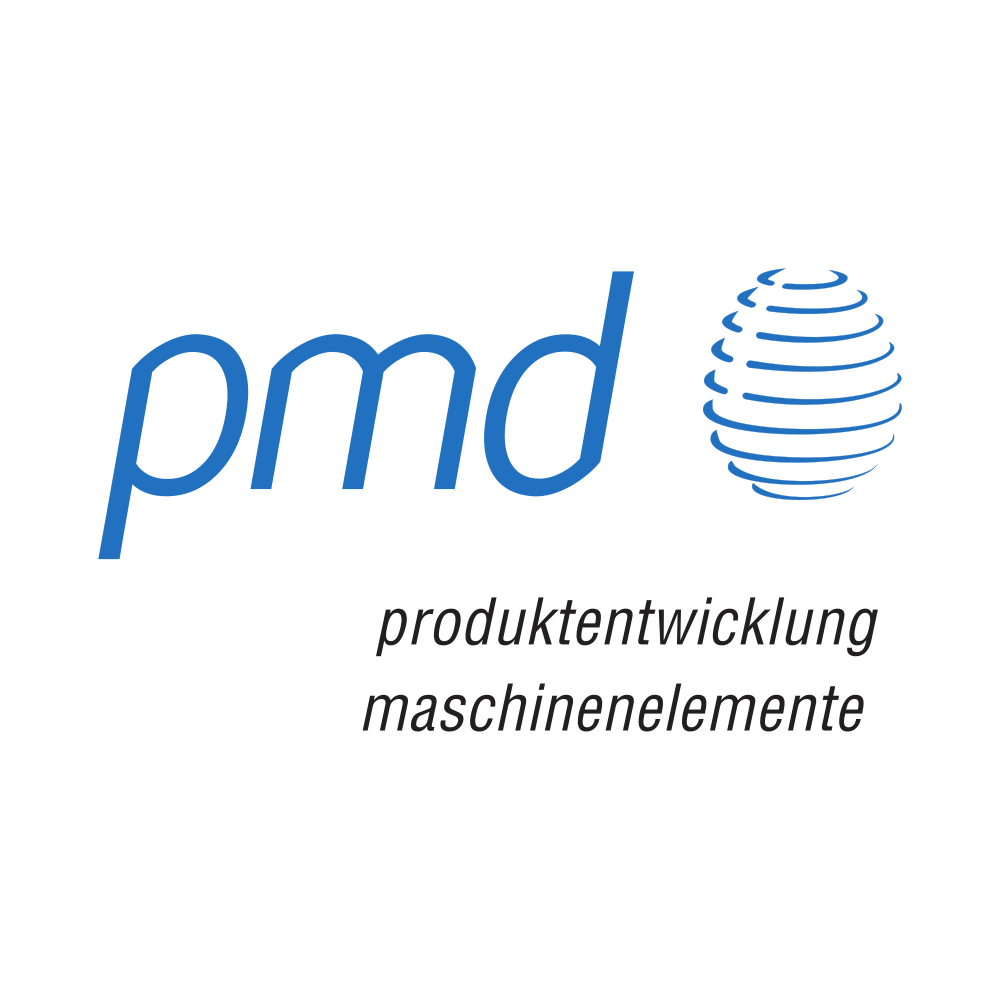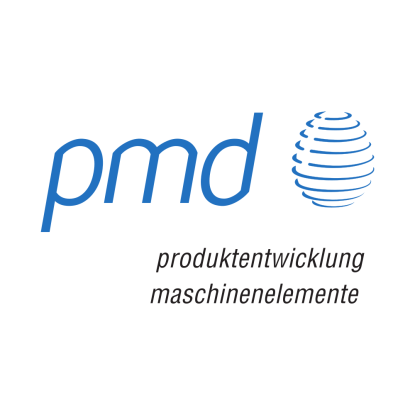Laufende Projekte
Gefördert durch das Bundesministerium für Wirtschaft und Energie (BMWi):
addLight
Design- und Fertigungskonzepte für additiv gefertigte Leichtbaustrukturen
Mehr erfahren
Gefördert durch das Bundesministerium für Wirtschaft und Klimaschutz (BMWK):
AutoBeam
Befähigung der Additiven Fertigung durch Prozessadaption und Beam Shaping für Leichtbaustrukturen im Automobilbereich
Mehr erfahren
FVA 889 II – Digitaler Zwilling
Integration der Entwicklung des Digitalen Zwillings in die Entwicklung des physischen Produktes
Mehr erfahren
Gefördert durch die Deutsche Forschungsgemeinschaft (DFG):
DiffBau
Überwindung von Bauraumrestriktionen durch Kombination von Differentialbauweise und Fügen
Mehr erfahren
LagerImp
Betriebszustandsabhängiges Modell zur Beschreibung der elektrischen Impedanz von Wälzlagern zur sensorischen Nutzung
Mehr erfahren
MiMoSe II
Mikroelektronischer Modulbaukasten für Sensorintegrierende Maschinenelemente
Mehr erfahren
ResiMess
Methodik zur Konzeptionierung und Bewertung resilienter Messverfahren auf Basis sensierender Maschinenelemente
Mehr erfahren
SensoMod
Ganzheitliche Konzeptionierung von Sensormodulen für Maschinenelemente
Methodenentwicklung zur Integration sensorischer Teilfunktionen in mechatronische Systeme
Mehr erfahren
WälLagSchaden
Schadensfrüherkennung an Wälzlagern durch elektrische Impedanzmessung
Mehr erfahren
Gefördert durch die Europäische Union im Rahmen des Europäischen Fonds für regionale Entwicklung (EFRE):
EFRE 350 KW
Validierungsinfrastruktur für die Zustandsüberwachung von Großgetrieben in industriellen Anwendungen
Mehr erfahren
Gefördert durch das Förderprogramm Distr@l der Hessischen Staatskanzlei – Ministerin für Digitalisierung und Innovation:
VAPi-KI
Verifikationsprozess für Anforderungen in der Prozessindustrie auf Basis großer, unstrukturierter Datenmengen mittels künstlicher Intelligenz
Gefördert durch das Förderprogramm Distr@l der Hessischen Staatskanzlei – Ministerin für Digitale Strategie und Entwicklung:
ImpSpin
Entwicklung einer sensorischen Spindel von Werkzeugmaschinen auf Basis der Messung der Wälzlagerimpedanz
Mehr erfahren
TecCond
Technology Condition Monitoring: System zur Überwachung des Echtzeit-Zustands technischer Systeme
Mehr erfahren
Abgeschlossene Projekte
Gefördert durch die Deutsche Forschungsgemeinschaft (DFG):
DUNIS
Produktentwicklung mit sensorintegrierenden Maschinenelementen – Beherrschung der Unsicherheit von in-situ erfassten Daten im mechatronischen System
Mehr erfahren
MiMoSe
Mikroelektronischer Modulbaukasten für Sensorintegrierende Maschinenelemente
Mehr erfahren
SensoLag
Möglichkeiten und Grenzen des Wirkraummodells in der Produktentwicklung
Mehr erfahren
SimS
Erarbeitung von Analyse- und Synthesemethoden zur Beherrschung von Unsicherheit beim Entwickeln von mechatronischen Systemen mit sensorintegrierenden Maschinenelementen
Mehr erfahren
Gefördert durch das Zentrale Innovationsprogramm Mittelstand (ZIM) von der Arbeitsgemeinschaft industrieller Forschungsvereinigungen (AiF):
DataBelt
Komponenten und Verfahren für die in-situ Überwachung von Hochleistungszahnriemen
Mehr erfahren
Gefördert durch das hessische Forschungsförderprogramm Landes-Offensive zur Entwicklung Wissenschaftlich-ökonomischer Exzellenz (LOEWE):
InTraProd
Innovatives Transportsystem für Produktionsverkettungen
Mehr erfahren
ReqMoD
Agiles Anforderungsmanagement mit mobilen Geräten
Mehr erfahren
Gefördert durch das universitätsinterne Förderprogramm Pioneer Fund:
3DConFil
Additive Herstellung von Bauteilen mit integrierten Leitungen
Mehr erfahren



